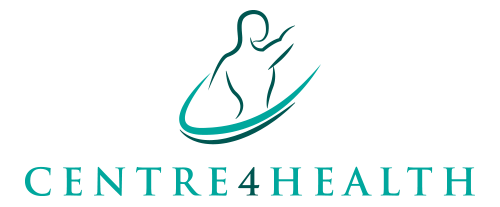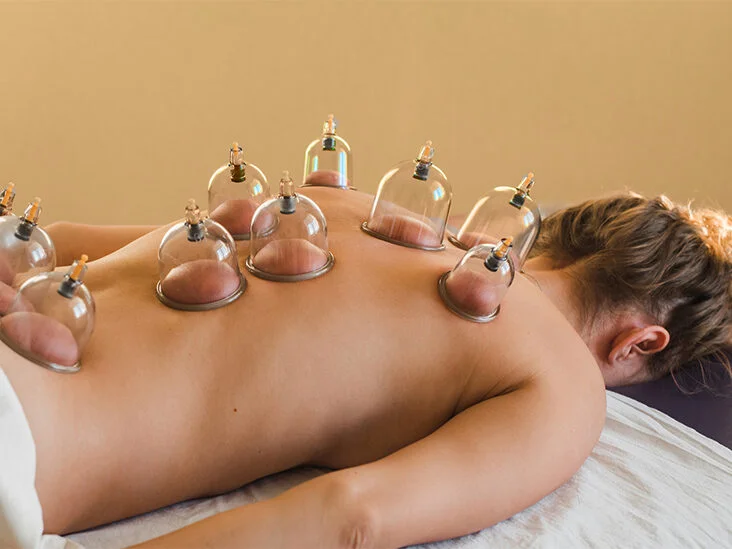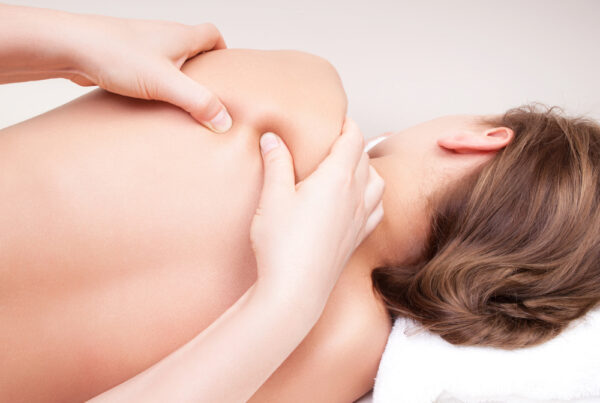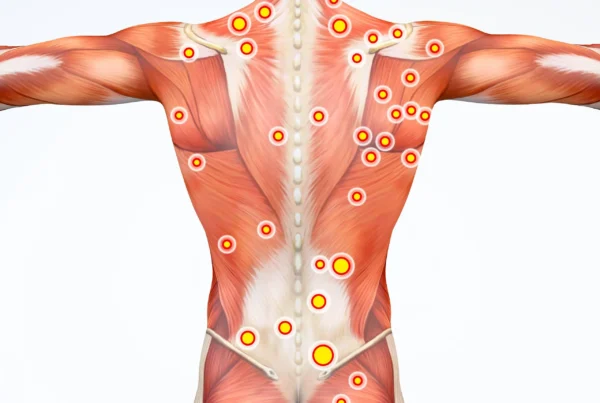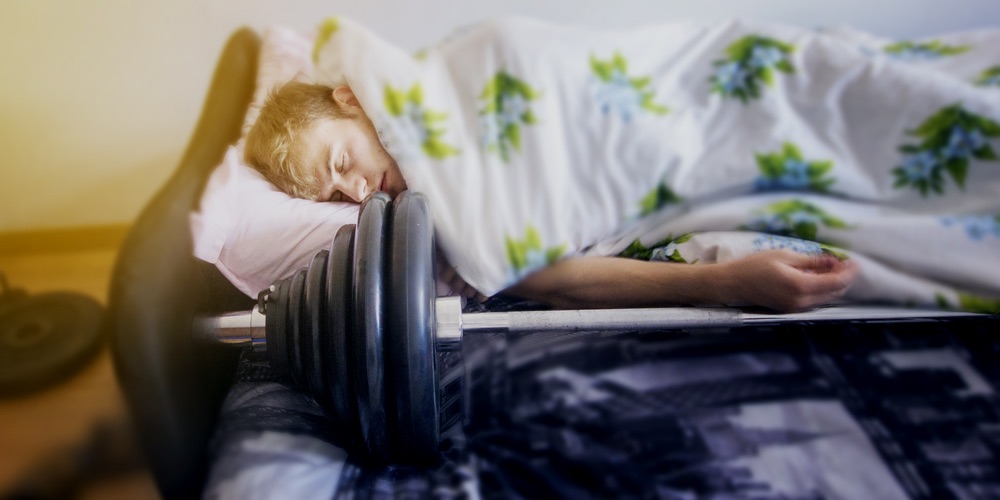What is Cupping?
Cupping is an alternative therapy that involves suctioning the skin with glass, plastic, or silicone cups. It may help improve blood flow, boost immune function, remove toxins, and reduce pain.
Have you noticed more and more celebrities showing up to events with little round marks on their backs? These come from cupping therapy. Cupping is a type of alternative therapy that involves placing cups on the skin to create suction. This suction is thought to improve the flow of energy in the body and facilitate healing.
One of the oldest medical texts to mention cupping therapy is Eber’s papyrus. From Ancient Egypt, though cupping is a part of many ancient healing systems, including Chinese, Unani, traditional Korean, and Tibetan. Greek physician Hippocrates, often referred to as the “father” of medicine, even compiled descriptions of cupping techniques.
These days, cupping therapy is usually found as a treatment offered by practitioners in the massage, wellness and health sector. Many believe that cupping helps balance yin and yang, or the negative and positive, within the body. Restoring balance between these two extremes is thought to help with the body’s resistance to pathogens as well as its ability to increase blood flow and reduce pain.
Cupping increases blood circulation to the area where the cups are placed. This may relieve muscle tension, which can improve overall blood flow and promote cell repair. It may also help form new connective tissues and create new blood vessels in the tissue. People use cupping to complement their care for a host of symptoms and conditions.
What are the different types of cupping?
- Cupping was likely first performed using animal horns. Later, cups were made from bamboo and then ceramic.
- Suction was primarily created through the use of heat. Cups were originally heated with fire and then applied to the skin. As they cooled, the cups drew the skin inside.
- Modern cupping is often performed using bell-shaped glass cups. They may also be made of plastic or silicone.
There are four main categories of cupping performed today:
- Dry cupping: a suction-only method
- Wet/bleeding cupping: may involve both suction and controlled medicinal bleeding
- Running cupping involves moving suctioned cups around the body after applying oil to massage the desired area
- Flash cupping: involves quick, repeated suction and release of cups on an area of the body
Cupping may also involve the use of:
- Acupuncture needles
- Moxibustion, or the burning of mugwort leaves
- Magnets
- Laser therapy
- Electrical stimulation
- Water
- Herbs
Subsets of cupping include:
- Facial cupping
- Sports cupping
- Orthopedic cupping
- Aquatic cupping
Your practitioner, your medical needs, and your preferences will help determine which method is used.
What should I expect during a cupping treatment:
Cupping is sometimes performed with acupuncture treatments. For best results, you may also want to fast or eat only light meals 2 to 3 hours before your cupping session.
During a cupping treatment, you can expect the following:
- Your practitioner will ask you what symptoms you’ve been experiencing, likely taking a detailed health history if this is your first time visiting them.
- The practitioner will place cups on your skin.
- You’ll feel a sucking sensation and pressure as the cups are suctioned.
- The practitioner may use heat or suction alone to place the cups.
- Depending on the type of cupping, the practitioner may leave you to rest for a few minutes before they return to remove the cups.
- Your skin may turn red and show light bruising after your session.
What conditions can cupping treat?
Cupping has been used to treat a wide variety of conditions. It may be particularly effective at easing conditions that create muscle aches and pains.
Since the cups can also be applied to major acupressure points, the practice is possibly effective at treating digestive issues, skin issues, and other conditions commonly treated with acupressure.
Cupping therapy may help with the following conditions, among others:
- Lower back pain
- Neck and shoulder pain
- Headache and migraine
- Knee pain
- Shingles
- Facial paralysis
- Cough and dyspnea
- Acne
- Lumbar disc herniation
- Cervical spondylosis
- Brachialgia, the pain produced by a trapped nerve in the neck
- Carpal tunnel syndrome
- Hypertension
- Diabetes mellitus
- Rheumatoid arthritis
- Asthma
More studies are needed to assess the true effectiveness of cupping for these conditions.
Things to keep in mind
Cupping therapy isn’t recommended for everyone.
Don’t use cupping if you use blood-thinning medication. Also avoid cupping if you have:
- a sunburn
- a wound
- a skin ulcer
- experienced recent trauma
- an internal organ disorder
- thinning skin
Cupping shouldn’t be done on:
- Veins
- Arteries
- Nerves
- Skin inflammation or lesions
- Body orifices
- Eyes
- Lymph nodes
- Varicose veins
Most medical professionals don’t have training or a background in complementary and alternative medicine (CAM). Still, it’s a good idea to let your doctor know if you choose to add cupping to your treatment plan. Cupping is an alternative therapy that involves suctioning the skin with glass, plastic, or silicone cups. It may help improve blood flow, boost immune function, remove toxins, and reduce pain.
